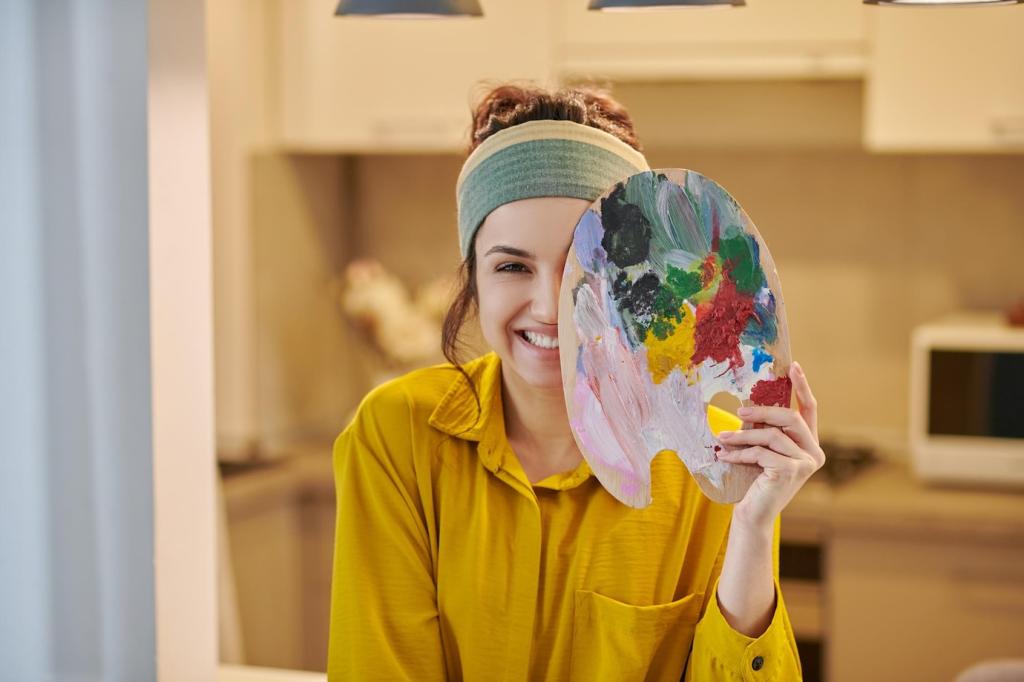The Controversies Behind Modern Art Classics
Chosen theme: The Controversies Behind Modern Art Classics. From scandalous debuts to courtroom dramas, discover how outrage, censorship, money, and politics forged the very masterpieces we now revere. Read on, share your take, and subscribe to keep exploring the untold battles behind canonical modern works.
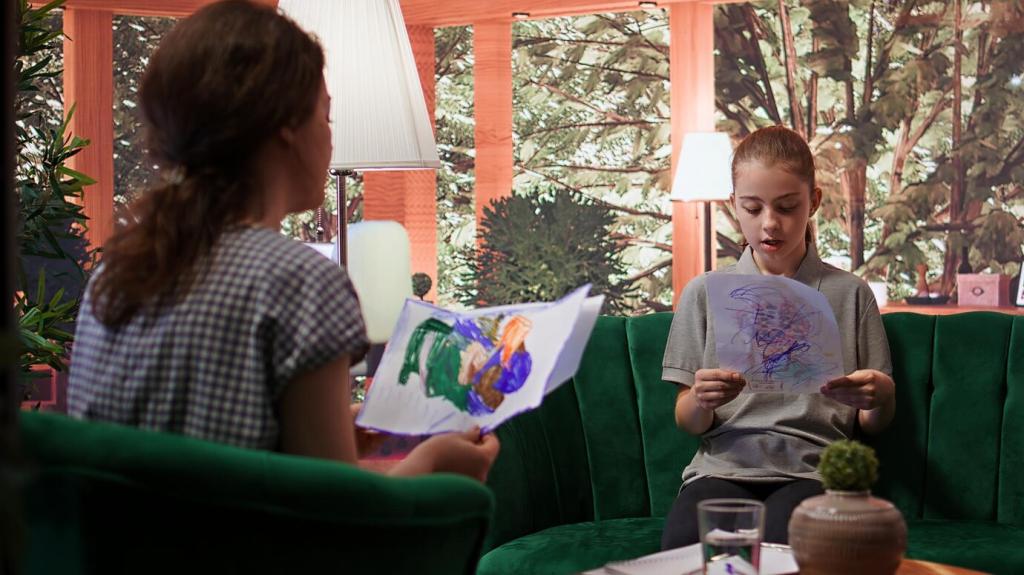
Shock and Scandal at the Birth of the Avant-Garde
01
New York’s Armory Show got lampooned as a circus of ‘cubes and splinters,’ yet it jolted American audiences into confronting radical form. Duchamp’s Nude Descending a Staircase drew jokes about explosions and machinery. What first shocked you in modern art—form, subject, or audacity? Tell us below and join the conversation.
02
In 1917, a urinal signed ‘R. Mutt’ was rejected by a supposedly non-juried exhibition, turning an object into a philosophical grenade. Was it art or insolence? Fountain’s controversy still shapes museums, memes, and critiques of taste. Where do you draw the line? Comment and share your boundary story.
03
Picasso hid the painting for years, unsettling friends with fractured bodies and African-inspired masks. It confronted sex, empire, and vision itself—too raw to show, too important to ignore. Today, it’s a cornerstone. How do you reconcile innovation with discomfort? Subscribe and weigh in on difficult masterpieces.
Censorship, Morality, and the Museum
Police confiscations, court cases, and public shaming followed Schiele’s drawings, spotlighting a clash between artistic frankness and moral guardianship. His work eventually found acclaim, but not without scars. Have your views on erotic imagery in museums evolved? Share respectfully—your perspective deepens this ongoing debate.
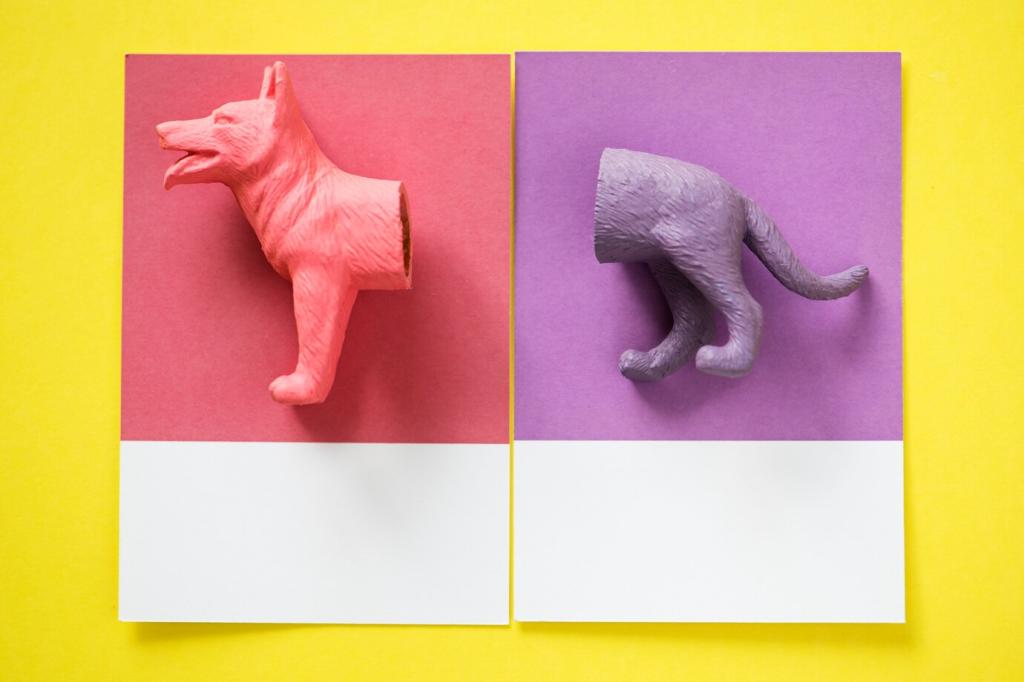
Forgery, Expertise, and the Fragile Aura of Originals
The Knoedler scandal and the Pollocks that weren’t
For years, fakes of Abstract Expressionist works fooled collectors and institutions, unraveling reputations overnight. Lawsuits followed, confidence cratered, and the story became a cautionary tale in connoisseurship. What convinces you—brushwork, provenance, or science? Tell us what you look for when authenticity is on the line.
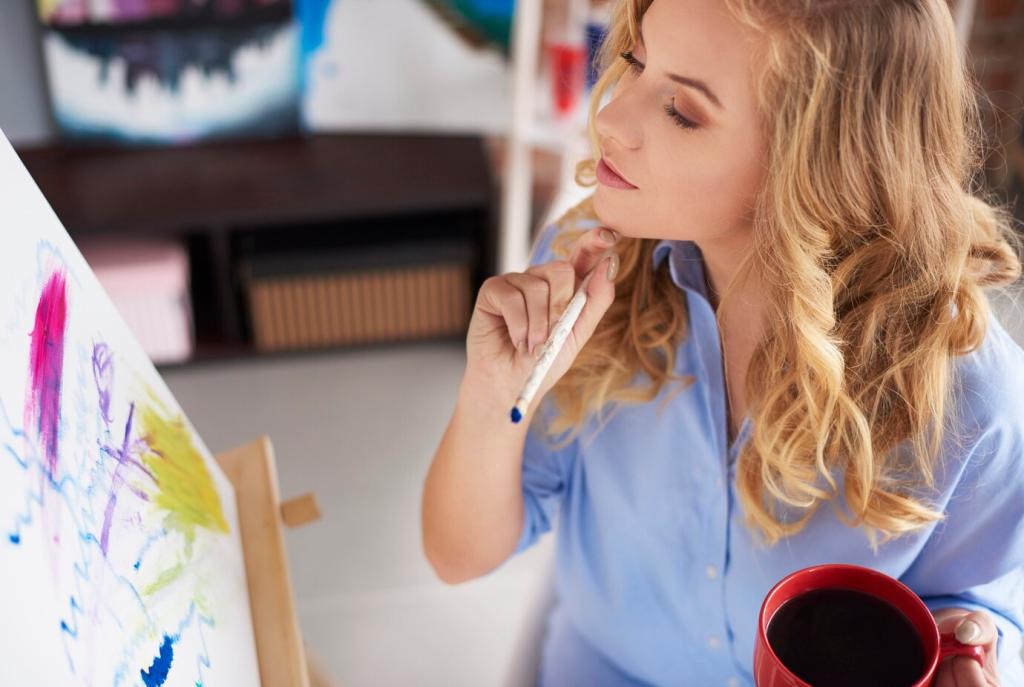
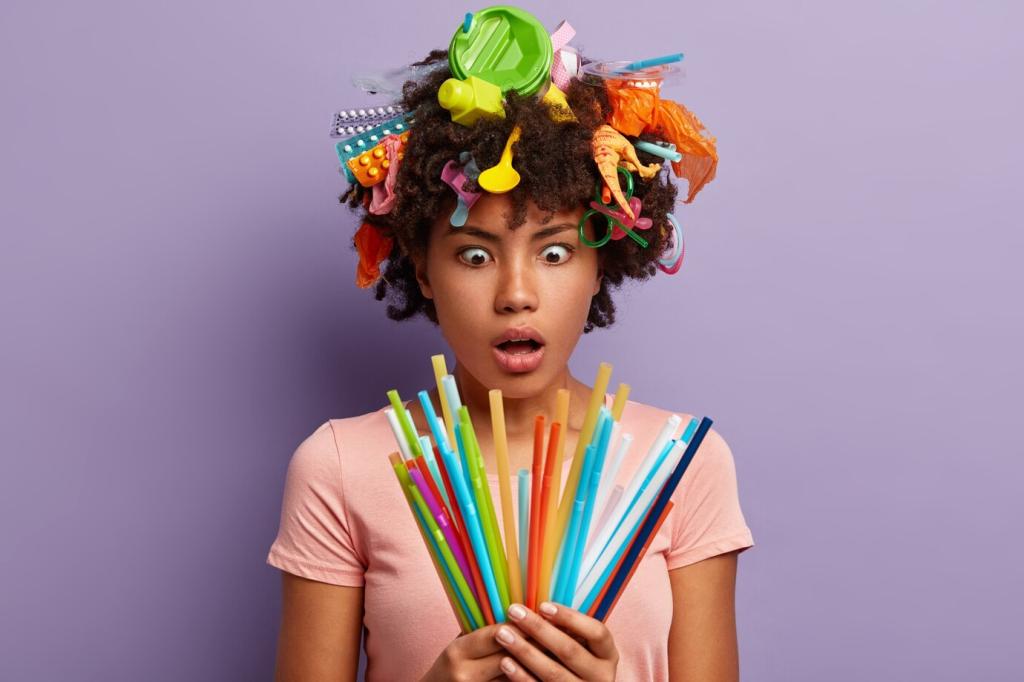
Science vs connoisseurship: pigments, craquelure, and contested signatures
Infrared reflectography, X-ray fluorescence, and binding medium tests can validate—or unsettle—expert opinion. When data contradicts the ‘eye,’ which prevails? The best cases braid both. Have you seen a technical discovery change your view of a modern masterpiece? Share the moment that altered your certainty.
Money, Markets, and the Making of ‘Classics’
Record sales provoked sneers about ‘anyone could do it’ while restorers traced meticulous decisions through layers of paint. Markets inflate myths, but technique resists dismissal. What persuades you more: the studio evidence or the auction room? Drop a comment and keep the debate constructive and specific.
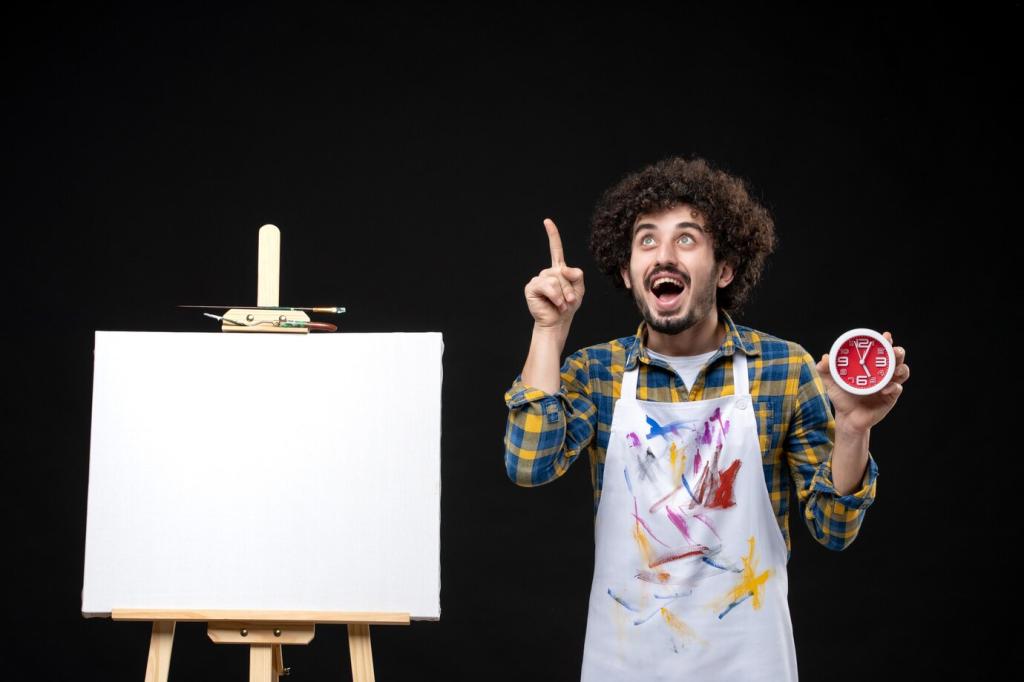
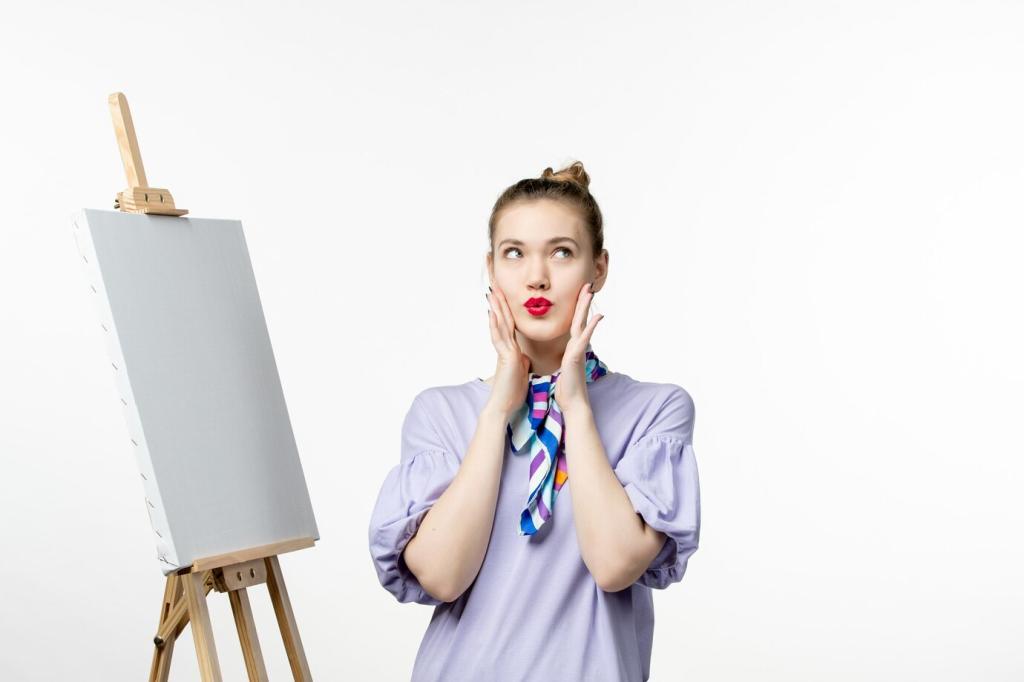
Money, Markets, and the Making of ‘Classics’
Factory-made aesthetics scandalized critics who prized originality. Yet Warhol argued art mirrors our supermarket souls. When versions, refabrications, and editions complicate value, what remains ‘authentic’? Tell us whether repetition enhances meaning—or empties it. Your insights help unpack this enduring controversy behind a modern classic.
Art, Power, and Ideology
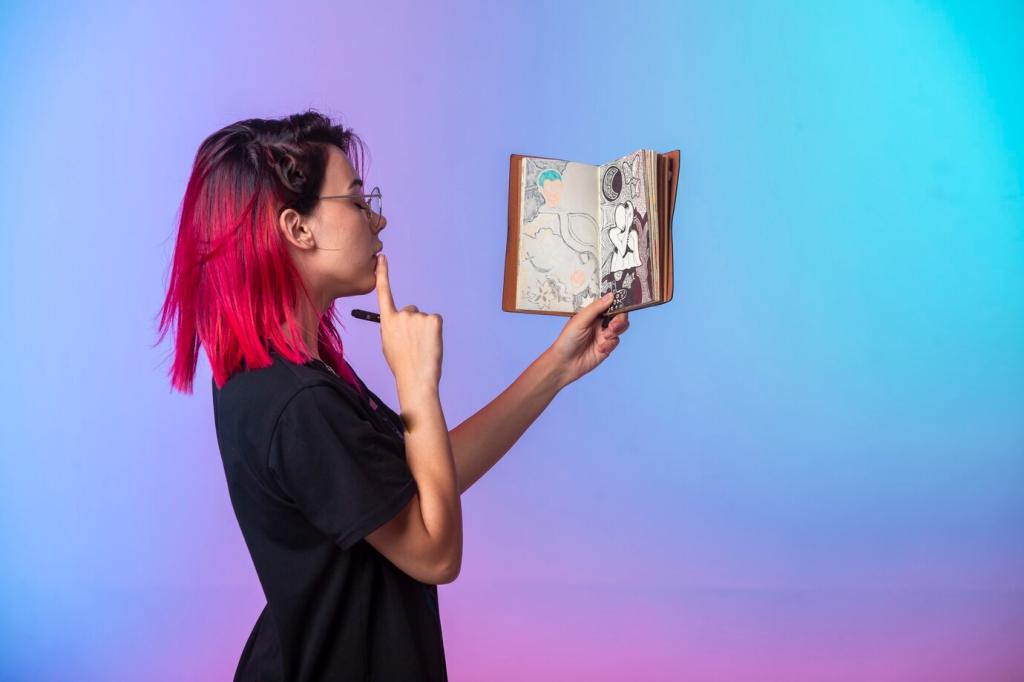
Expressionists and avant-gardists were mocked, confiscated, and sold off, while propaganda exhibitions weaponized ridicule. Yet the attempt to erase them preserved a record of defiance. Which work from that period speaks resistance to you today? Share a piece and why it still feels urgent.
Restitution, Provenance, and Moral Ownership
The struggle to reclaim Portrait of Adele Bloch-Bauer I turned a gold-laden icon into a symbol of justice and memory. Restitution reframed not only ownership, but public understanding. Should museums loan, return, or retain with context? Share a principled stance grounded in transparency and empathy.
Restitution, Provenance, and Moral Ownership
Boxes of letters, invoices, and wartime records become crucial evidence across generations. These slow revelations remind us that provenance is a marathon, not a sprint. Would you prioritize access to archives over splashy exhibitions? Tell us how institutions should balance research with public display.
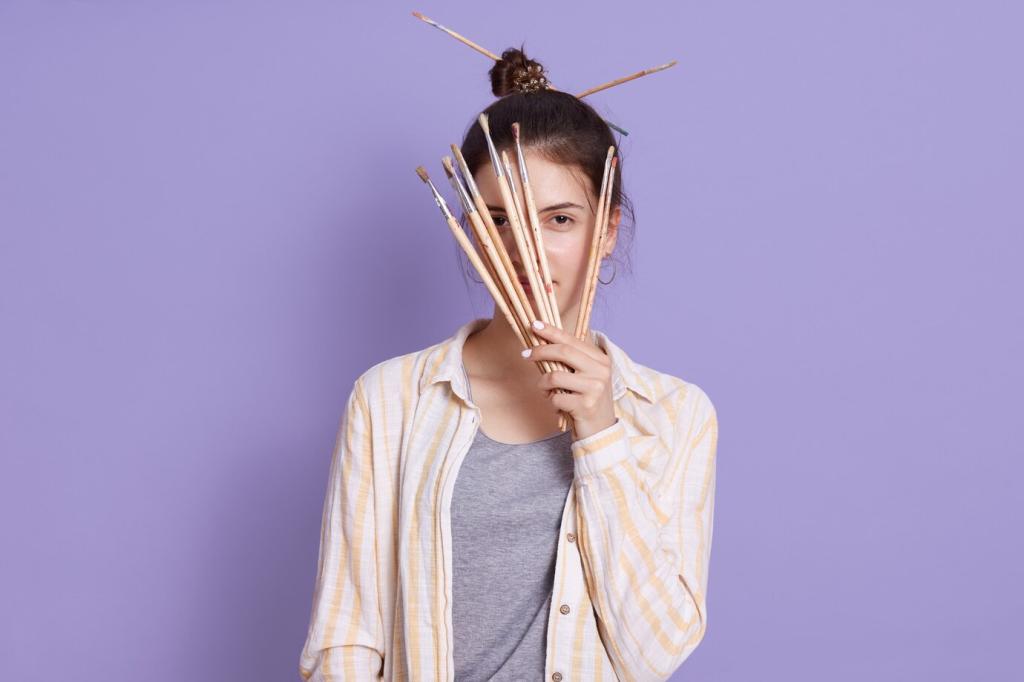
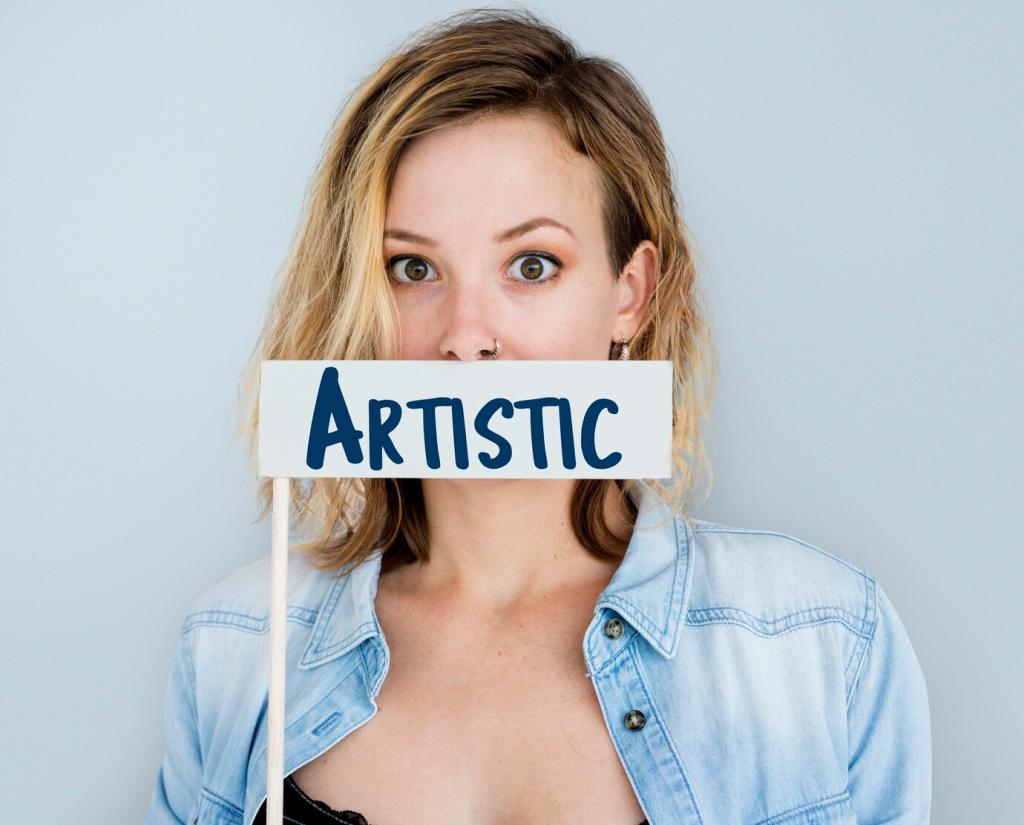
Who Gets to Be a Classic?
Hilma af Klint and the timeline we thought we knew
A pioneer of abstraction, she worked in secrecy and delayed viewing her paintings for decades. Her late arrival to fame unsettled neat origin stories. Which other artists force you to redraw the map of modernism? Recommend names we should feature and help recalibrate the narrative.
Women, Black, and diasporic artists written into the margins
Gatekeeping, limited access to training, and biased collecting practices kept many masters from canon status. Correcting that record is controversial only if we confuse historical habit with truth. Share exhibitions or books that broadened your sense of modern classics—we’ll spotlight reader picks in future posts.
Rewriting the canon together: readers, curators, classrooms
Syllabi, acquisitions, and community programs can change who enters the conversation. Collaboration beats tokenism when we root choices in research and care. How should we measure progress—citations, budgets, or experiences? Comment with metrics that matter and subscribe for our upcoming participatory reading list.
